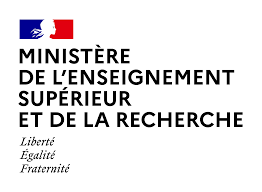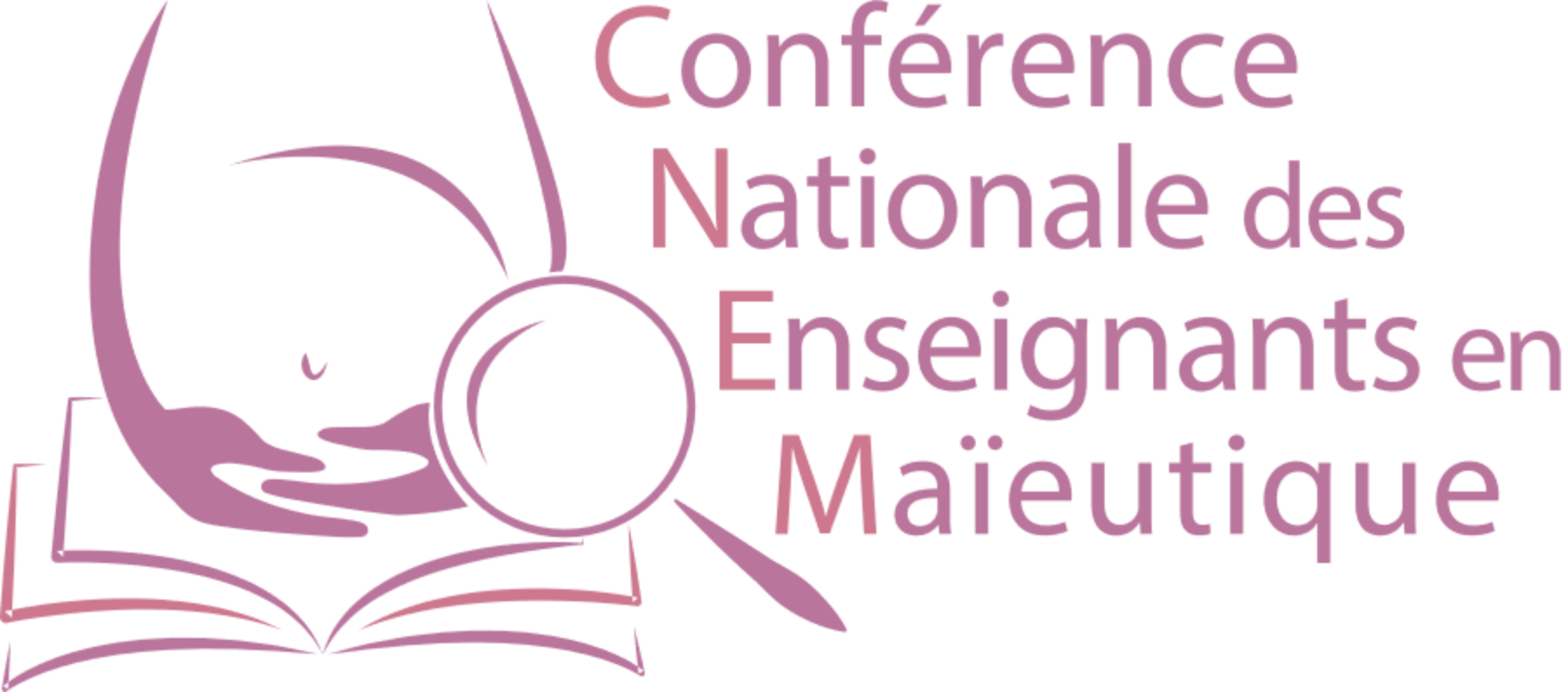La CNEMa aux Assises Hospitalo-Universitaires
La CNEMa est présente aux 19èmes Assises nationales hospitalo-universitaires à Nantes !
Un programme riche sur les Ruptures à envisager d'ici 2040 : Démographique, Médicale et Scientifique, Relation au travail...

Plateforme de Jeux Sérieux
Une nouveauté est accessible dans l'espace membre de notre site : une plateforme dédiée aux jeux sérieux.
Elle propose pour l'instant un jeu afin de travailler l'initiation au dépistage des cancers féminins, et un timer paramétrable (utilisable pour les ECOS, par exemple).

Assemblée Générale 2025
L'Assemblée Générale de la CNEMa a eu lieu 7 novembre 2025 à Paris ! Extrêmement sollicitée depuis 2023, preuve d'une position devenue incontournable au niveau des formations de santé, nous travaillons main dans la main avec le reste de la profession, avec les étudiants et les autres Conférences de Santé.

Élections du CA - 2026
Suivant nos statuts adoptés lors de l'AG 2024, nous renouvelons notre Conseil d'Administration de moitié durant le mois de janvier 2026.
Ainsi, 6 sièges sont à pourvoir. Tout membre dont la structure est à jour de sa cotisation peut postuler. Nous attendons vos candidatures (plus d'information sur l'espace membre de notre site).

Nouvelle réglementation pour les PADHUE
Les lauréats des EVC doivent désormais candidater directement auprès des établissements de santé pour des postes vacants, sans référence à un classement. Les établissements procèdent aux auditions et confirment leur choix aux candidats retenus, avec un délai de six mois pour l'affectation sous peine de perdre le bénéfice du concours. Plus d'information en cliquant ici.

Amélioration de l'espace membre
L'affichage du Chat a été amélioré. Un système de notes personnelles a été implémenté, ainsi qu'un "Mur de Discussions" afin d'échanger entre nous. Le système de sondage en direct est fonctionnel (quelques options manquent encore, mais vous pouvez déjà aller voter pour la première question). Prochaine étape : l'amélioration de l'affichage du site en cas de navigation sur téléphone mobile.

Ouverture officielle et derniers ajouts
L'ensemble des adhérents de la CNEMa a reçu ce jour l'invitation à s'inscrire sur la partie membres du site. Les derniers ajouts sont : la création d'un profil minimaliste pour les membres ; l'affichage d'un trombinoscope des membres ; un formulaire de contact sur la partie publique du site.

Congrès de la SIFEM - 26 au 28 mai 2025
La CNEMa participera, via certains de ses membres adhérents et administrateurs, au prochain congrès de la SIFEM.
Le Congrès International francophone de pédagogie des sciences de la santé, édition 2025 (CIFPSS 2025) organisé par la SIFEM, se tiendra à l’Université d’Orléans du 26 au 28 mai 2025.
Retrouvez toutes les informations sur : https://cifpss.org/

Prochaine réunion au ministère
La prochaine réunion concernant la Réingénierie de la formation aura lieu le 6 mai. Nous sommes en voie de finalisation de l'arrêté du 2e et du 3e cycles. Une réunion préparation en interne (CNEMa et autres associations) aura lieu fin avril.

Affichage des actualités
Désormais il est possible d'accéder à l'affichage de l'ensemble des actualités (bandeau rose "Afficher/Filtrer les actualités), ou de certaines d'entre elles uniquement.

Ajout d'une section "Projets en cours"
Une nouvelle section est intégrée à l'espace membre. Elle permettra de mettre en avant les projets auxquels les adhérents sont invités à participer (par exemple le recueil d'indicateurs des structures de formation).

Finalisation des fonctionnalités principales.
Les 5 dernières actualités s'affichent dans le carousel. L'ensemble des actualités s'affichent en cliquant sur une barre de menu. Au niveau de l'espace membre : gestion des inscriptions, Chat, et Gestionnaire de fichier sont fonctionnels.

Amélioration d'affichage
Les actualités s'affichent désormais sous un format de carousel. Ajout d'un bouton "Qui sommes-nous ?" avec les informations essentielles sur la Conférence.

Avancées de programmation
Notre Présidente a pu se connecter et utiliser le Chat-NEMa. L'espace membre permet désormais de créer des dossiers et des sous-dossiers de rangement des fichiers téléversés. Les fonctionnalités sont donc quasiment toutes implémentées. Prochaine grande étape : essayer de rendre le site un peu plus "joli".

Avancées de programmation
Les parties inscription, clavardage et téléversement de fichiers sont fonctionnelles.

Avancées de programmation
Le site permet de s'inscrire, de s'identifier et de gérer les actualités. Prochaines étapes : création d'un espace membre avec clavardage et gestion de fichiers.

Réflexions sur la remise en ligne d'un site internet
Le site CNEMa n'est plus fonctionnel suite à plusieurs tentatives (réussies) de piratage. Nous travaillons actuellement sur la création d'une simple page publique d'actualités, doublée d'une partie privée pour les adhérents permettant du travail collaboratif.

